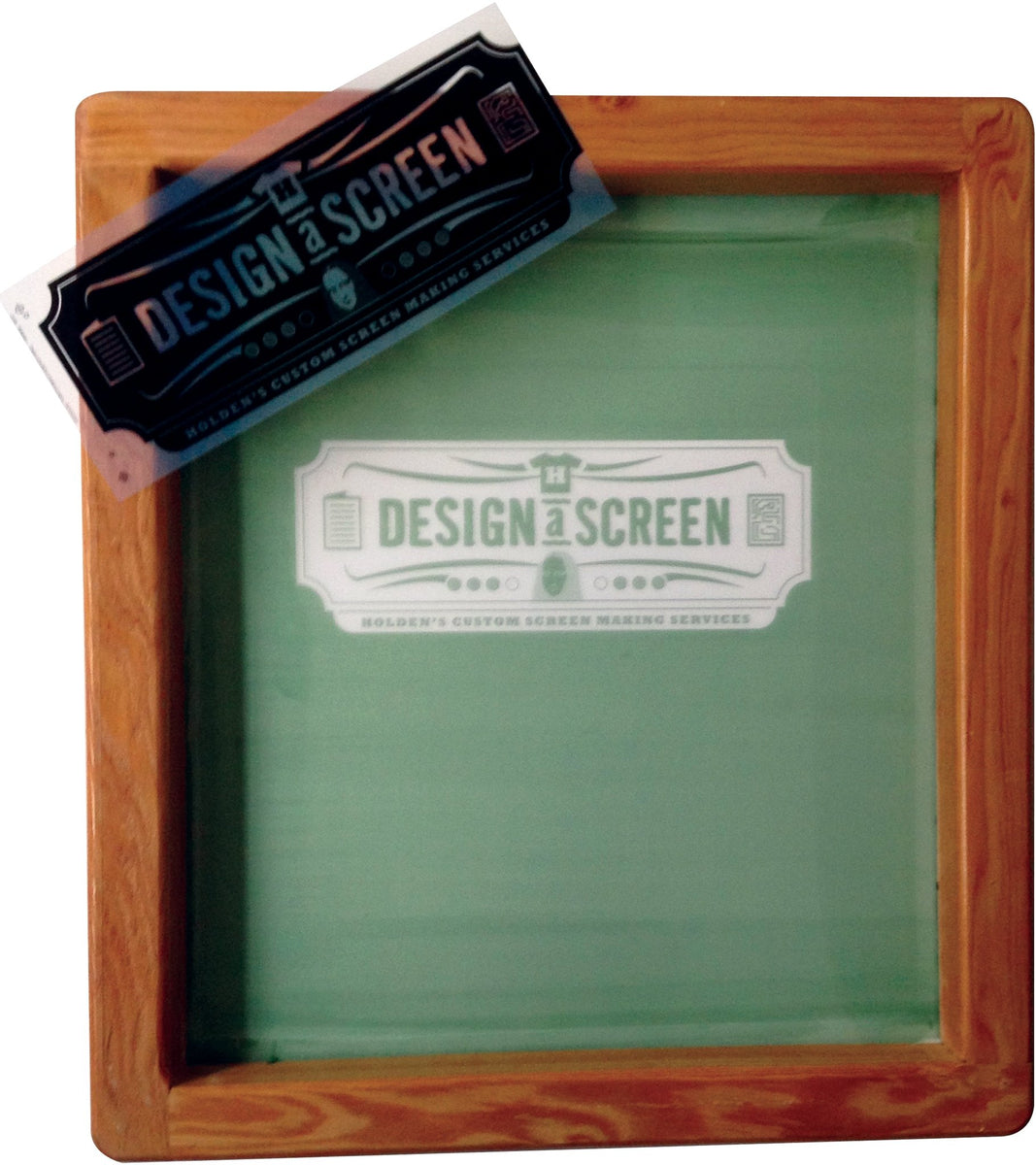High-Volume T-Shirt Printing for Schools and Organizations
High-Volume T-Shirt Printing for Schools and Organizations
Blog Article
Display Printing Uncovered: Whatever You Required to Find Out About Tee and Garment Printing Strategies
Screen printing is a fascinating technique that combines art with strategy, supplying limitless possibilities for imagination. Ready to discover the crucial aspects that make display printing an art kind?
The Fundamentals of Screen Printing: Just How It Functions
When you dive into screen printing, you'll find it's both an art and a science. At its core, screen printing entails developing a pattern, or screen, that enables ink to pass through just in certain areas.
Position the screen over the material, then use a squeegee to push ink via the display onto the garment. Each action is necessary, and mastering them will raise your display printing abilities, transforming basic garments right into unique, expressive items.
Types of Screen Printing Techniques
Once you understand the basics of display printing, it's time to check out the numerous strategies that can elevate your designs. One preferred approach is typical display printing, where ink is pushed via a stenciled display.
One more alternative is plastisol printing, understood for its resilience and dazzling shades, making it a preferred for several brands. Experiment with halftone printing to develop slope impacts and complex layouts.
Vital Tools for Screen Printing
To achieve sensational outcomes in screen printing, having the right tools is basic. First, you'll require a sturdy display printing framework, which holds the mesh that moves your layout onto the garment. Next, invest in premium mops; these are necessary for applying ink equally across the display. You'll additionally call for a great exposure device to develop your displays, along with a washout cubicle for cleansing them after usage. A dependable warm resource, like a conveyor clothes dryer or heat press, is vital for healing your prints to assure longevity. Do not forget an appropriate work space, geared up with tables and storage for your products. Finally, protective equipment, such as gloves and masks, will keep you risk-free from chemicals and inks. With the right tools, you'll be well on your method to creating professional-quality prints.
Picking the Right Inks and Products
When selecting inks and materials for screen printing, you need to think about the sort of ink that functions ideal for your task. Assume concerning fabric compatibility to guarantee your styles look last and terrific lengthy. Explore environmentally friendly ink alternatives to make your printing process a lot more lasting.
Sorts Of Screen Inks
Selecting the appropriate display ink is essential for accomplishing dynamic, resilient prints that satisfy your task's demands. There are numerous kinds of display inks to analyze. Plastisol ink is preferred for its convenience and ease of use, supplying exceptional shade opacity on dark materials. Water-based ink, on the other hand, uses a softer feel and is environmentally friendly, making it perfect for those seeking to reduce their environmental effect. Release inks get rid of color from the material, causing a soft, vintage appearance however need specific handling. Specialized inks, such as glow-in-the-dark or metal, can add distinct impacts to your designs. Review your job demands and pick the ink that straightens finest with your preferred result.

Textile Compatibility Factors To Consider
Comprehending material compatibility is important for achieving high-quality display prints, especially given that different products respond distinctively to various inks. Constantly test your inks on sample material to ensure they adhere correctly and maintain color integrity. In addition, keep in mind that textile weight and structure can influence the final end result, so choosing the best ink and material combination is crucial for your project's success.
Eco-Friendly Ink Options
Eco-friendly inks are coming to be a popular choice for display printers that intend to reduce their environmental impact while maintaining high quality. When picking inks, think about water-based inks, which are much less unsafe and easier to clean up contrasted to traditional solvents. These inks bond well with materials, supplying dynamic outcomes without toxic chemicals. You may also explore eco-solvent inks that make use of fewer unpredictable organic substances (VOCs), making them a more secure option for both your health and wellness and the world.
Furthermore, try to find inks made from renewable energies, such as soy or vegetable-based choices. By selecting the ideal inks and materials, you'll not only create sensational styles yet likewise add to a much more lasting printing company website process. Make the switch, and your prints will certainly show your dedication to the atmosphere!
Preparing Your Design for Display Printing

File Format Requirements
To assure your layout looks sharp and vivid on fabric, you'll need to pay close attention to submit layout needs for screen printing. Make certain your style has a transparent background to avoid unwanted white sides on your prints. Maintain color settings in mind; CMYK is common for display printing, so convert your RGB creates as necessary.
Shade Splitting Up Techniques
Color separation is a crucial action in preparing your design for screen printing, and mastering it can substantially improve your print top quality. You'll need to useful reference break your layout into specific shades, as each shade needs a different display during printing. Beginning by recognizing all the shades in your style and create layers each. You can utilize software program like Adobe Photoshop or Illustrator to separate and different colors successfully. Be particular to save each layer as a separate documents, commonly in a format like TIFF or PSD. This precision not only assures accurate shade representation yet likewise simplifies the printing procedure. By focusing on color separation, you'll achieve expert and vibrant lead to your screen-printed garments.
Resolution and Dimension
Attaining the finest cause display printing begins with ensuring your design has the right resolution and size. Preferably, your art work needs to be at the very least 300 DPI (dots per inch) for sharp, clear prints. Your last item might look pixelated and amateur. if you utilize reduced resolution.
When it pertains to dimension, consider the dimensions of your print location. Layout your art work to match the final print size, ideally developing it in the real dimensions you'll be publishing. This means, you'll avoid any type of unexpected scaling problems.
Always inspect your design in both vector and raster layouts. Vector graphics can be scaled without losing quality, making them optimal for screen printing. Preparing appropriately will assure your style looks amazing on every garment!
Step-by-Step Display Printing Refine
Display printing is a dynamic process that permits you to produce dynamic layouts on different surfaces. To begin, you'll require a screen, emulsion, and your picked ink. Prepare your display by cleansing it extensively. Next off, use the solution equally and allow it completely dry in a dark location. When completely dry, subject your screen to light with your design positioned on it, which will harden the emulsion where the light hits, creating a pattern - screen printing kit.
Pour ink onto the display and utilize a squeegee to push the ink through the pattern onto the fabric. Raise the display meticulously and allow the print completely dry. You have actually efficiently screen published your style.
Tips for Successful Display Printing Projects
While you're diving into your screen printing tasks, keep in mind that preparation is essential to success. Start by collecting all your products-- inks, mops, garments, and displays. A clean work area helps stop undesirable mistakes, so clean prior to you begin.
Next, validate your artwork is view it now high-resolution and correctly sized for your garment. Examine your display for appropriate direct exposure and clean it extensively to stay clear of spots. When blending your inks, follow the manufacturer's standards to achieve the right uniformity.
During printing, use also pressure with your squeegee for constant outcomes. Do not rush; take your time to confirm each print fulfills your requirements. After printing, allow your garments completely dry completely before handling or packaging them.
Finally, constantly keep an example of your help future recommendation. In this manner, you can analyze your progression and enhance your strategies with time. Delighted printing!

Regularly Asked Concerns
For how long Does It Take to Establish a Display Printing Work?
Establishing a screen printing job usually takes around thirty minutes to an hour. You'll prepare the screens, mix inks, and adjust journalism. The moment varies based on complexity and experience, so remain arranged!
Can I Print on Different Textile Keys In Making Use Of the Very Same Method?
Yes, you can print on different textile kinds utilizing the same strategy, yet you'll require to change your inks and settings. Some materials take in ink in a different way, so exploring guarantees the best outcomes for every material.
What Prevail Blunders to Prevent in Screen Printing?
When display printing, prevent common errors like utilizing the incorrect ink, overlooking appropriate exposure times, or skipping pre-press checks. Always test your arrangement and maintain tidy screens to assure high quality outcomes each time.
Exactly How Can I Effectively Clean and Keep My Screen Printing Tools?
To appropriately clean and keep your screen printing tools, you need to frequently wash displays with suitable solvents, examine mops for wear, and ensure all tools are stored dust-free and dry. Consistency avoids costly repairs and improves efficiency.
Is Screen Printing Eco Friendly Contrasted to Other Techniques?
Display printing can be much more eco-friendly than other approaches, particularly if you use water-based inks and eco-conscious products. By selecting sustainable supplies and practices, you lower waste and minimize your effect on the world.
Screen Printing Uncovered: Every Little Thing You Required to Know About Tee and Garment Printing Techniques
At its core, display printing includes creating a pattern, or display, that allows ink to pass with only in specific locations. Position the display over the material, then use a squeegee to push ink with the screen onto the garment. One prominent method is traditional display printing, where ink is pressed with a stenciled display.When choosing inks and products for display printing, you require to take into account the type of ink that functions finest for your job.
Report this page